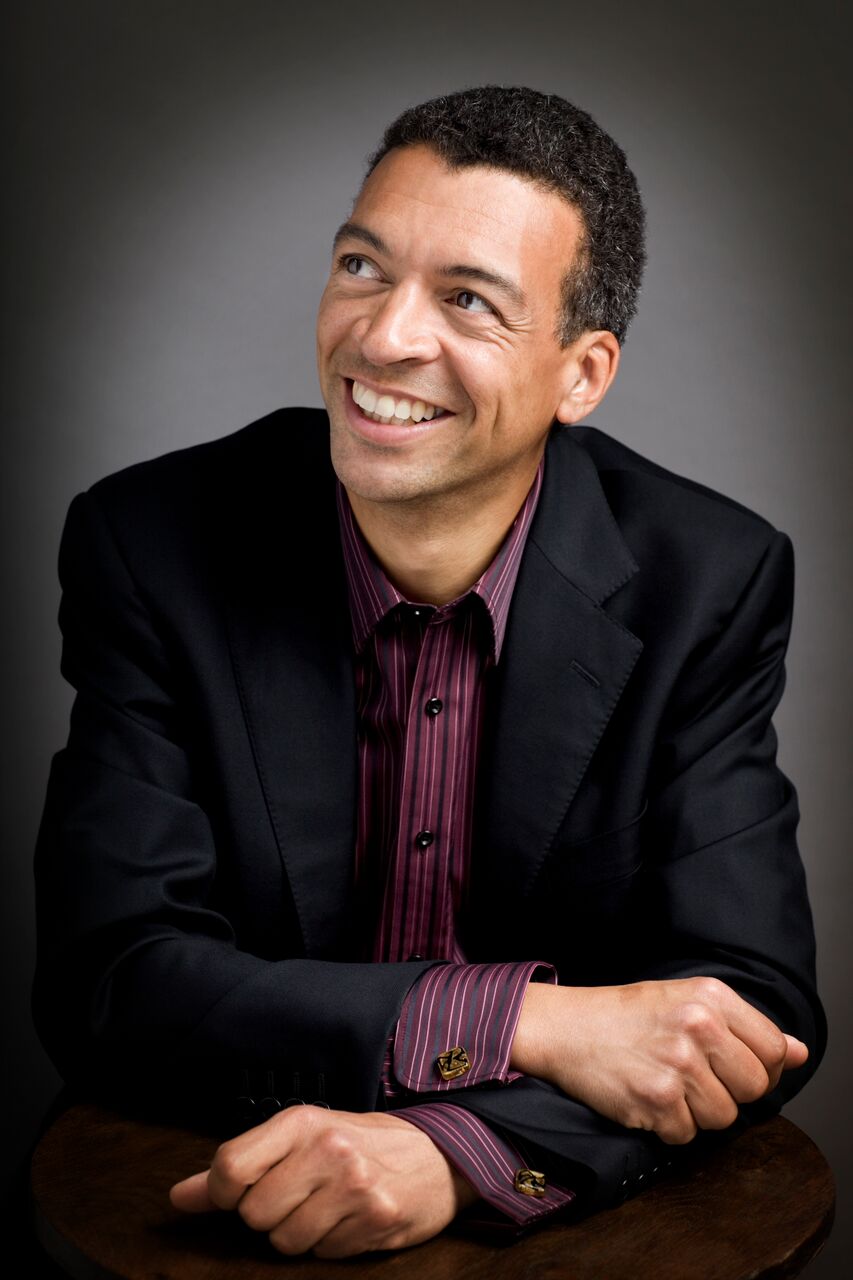The London Philharmonic’s Isle of Noises, a year-long festival dedicated to music of the British Isles, drew towards its close with this programme of Butterworth, Elgar and Walton. Marin Alsop was a good choice to lead, especially for Walton’s Belshazzar’s Feast. Although well-known for her performances of British music, she’s not one to wallow in pastoral whimsy. Instead, she brings drive a focus, clearly defining all the rhythms and orchestral lines. And although that rarely makes for comfortable or cozy English Romanticism, it allows the LPO to demonstrate the impressive orchestral skills of all three composers.
Choral skills, too, in Belshazzar’s Feast. Walton makes huge demands on the singers, and Alsop expected nothing but the best from the London Philharmonic Chorus, regularly taking the singers to dynamic extremes, especially in the many quiet, unaccompanied passages, but always maintaining that rhythmic focus. The opening chorus, lacked precision in some of the phrase endings, but the chorus soon found their feet, with particularly impressive diction and balance between the sections.
Better still was soloist Roderick Williams (pictured below by Benjamin Ealovega). As he ages, Williams’ baritone gains in richness and colour, and although his projection and vocal presence may be diminished, he still carried across the huge orchestra with ease. His experience in opera and recital was evident in his ability to convey narrative and emotion, and to bring subtly different character to each of his arias: straightforward narrative for “Babylon was a great city”, colourful and clearly conscious of the libretto’s absurdity in “Praise ye the God of Gold!”, and stentorian for the writing-on-the-wall climax.
 In the work’s climaxes, Alsop skilfully marshalled the orchestral forces, balancing the huge brass section, including two offstage bands, against the rounder weight of the orchestral strings, and underpinned by the rich organ pedal. Walton often changes gears mid-way through these tutti passages, and Alsop is able to steer the huge forces with the nimbleness of a string quartet. Incisive percussion add the final ingredient, clearly delineating the music’s shape and driving the work to a thundering – but always carefully balanced – conclusion.
In the work’s climaxes, Alsop skilfully marshalled the orchestral forces, balancing the huge brass section, including two offstage bands, against the rounder weight of the orchestral strings, and underpinned by the rich organ pedal. Walton often changes gears mid-way through these tutti passages, and Alsop is able to steer the huge forces with the nimbleness of a string quartet. Incisive percussion add the final ingredient, clearly delineating the music’s shape and driving the work to a thundering – but always carefully balanced – conclusion.
Elgar’s Enigma Variations is a gentler work, but again, Alsop ensured that the orchestra never rested on its laurels. Where other conductors might present the opening theme as a blank slate, Alsop brought intense emotion from the opening bar. And drama, too, with even the main theme given symphonic scope. The sheer precision of the LPO string sound risks making this, or any music, sound like clockwork. Alsop kept that string sound steady, but often contrasted it with more boisterous woodwind ensembles, no less precise, but emphasising colour over coordination. And when Elgar focuses his attentions on the strings, Alsop was always able to draw rich, expressive playing from them. Some excellent solos here, from principal cello Pei-Jee Ng, whose wistful, sweeping phrases beautifully set the tone for the GRS variation, and from principal viola, whose brief cantilenas were the heart of the Dorabella portrait. As in the Walton, Alsop was particularly impressive at the climax, bringing warmth and dynamism from the very start of the EDU variation, and not only maintaining the intensity, but subtly raising the temperature through carefully gauged increases in tempo and dynamic, again executed with unerring precision by the LPO players.
The concert opened with George Butterworth’s A Shropshire Lad, timely for its inevitable Remembrance Day connotations – Butterworth died at the Battle of the Somme. Not that any justification is needed to programme such elegant and heartfelt music. For the first few phrases, it seemed that Alsop’s dynamism and focus would mask the rhapsodic beauty of this miniature, but it soon became clear that her detail and colour were just what this music needed. And there was no lack of poetry, with Alsop and the orchestra soon settling into elegant and pastoral tones, all clearly defined but no less bucolic for it.















Add comment